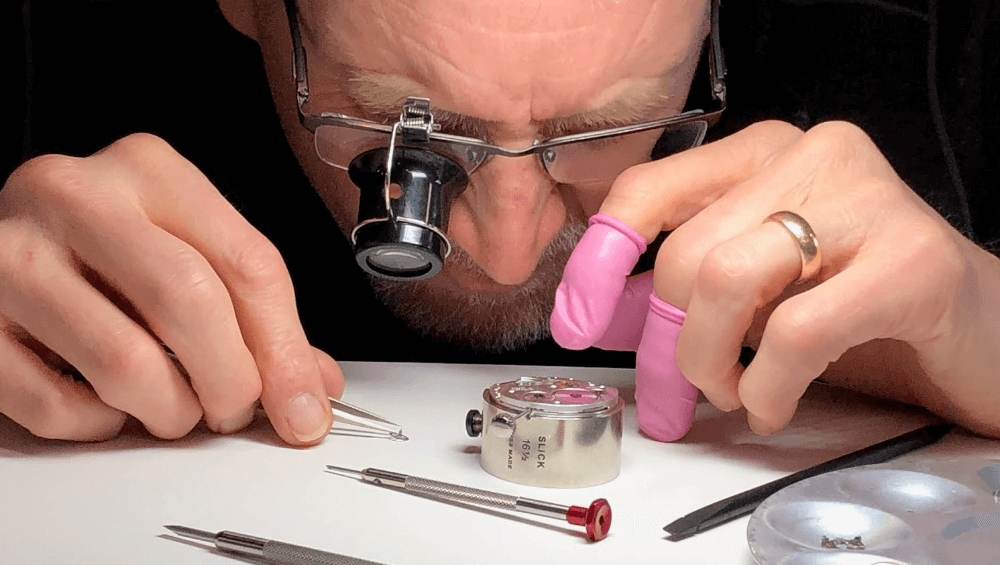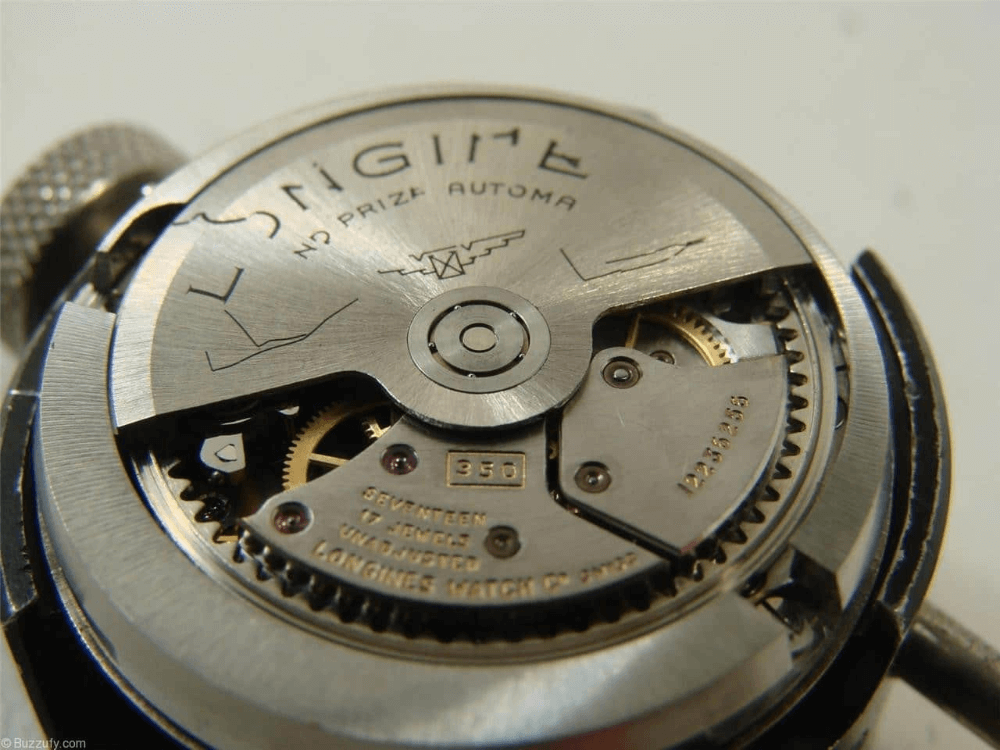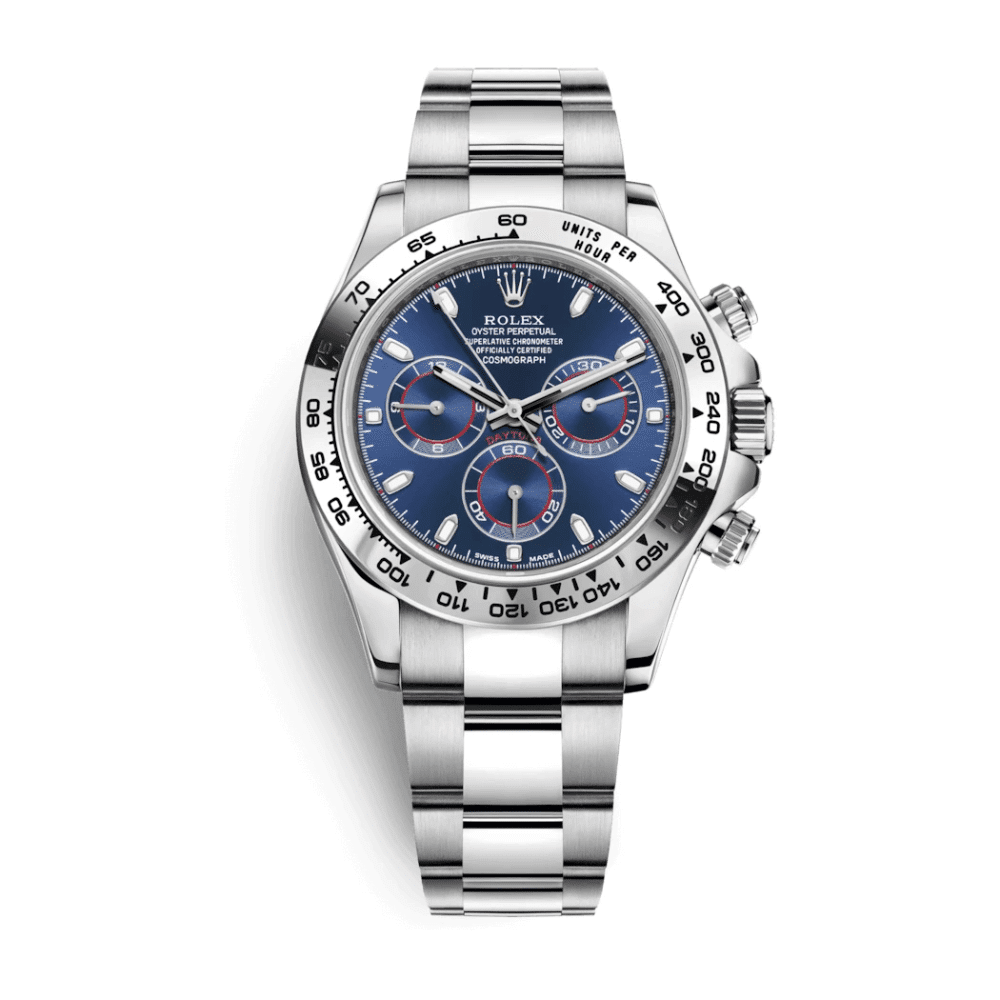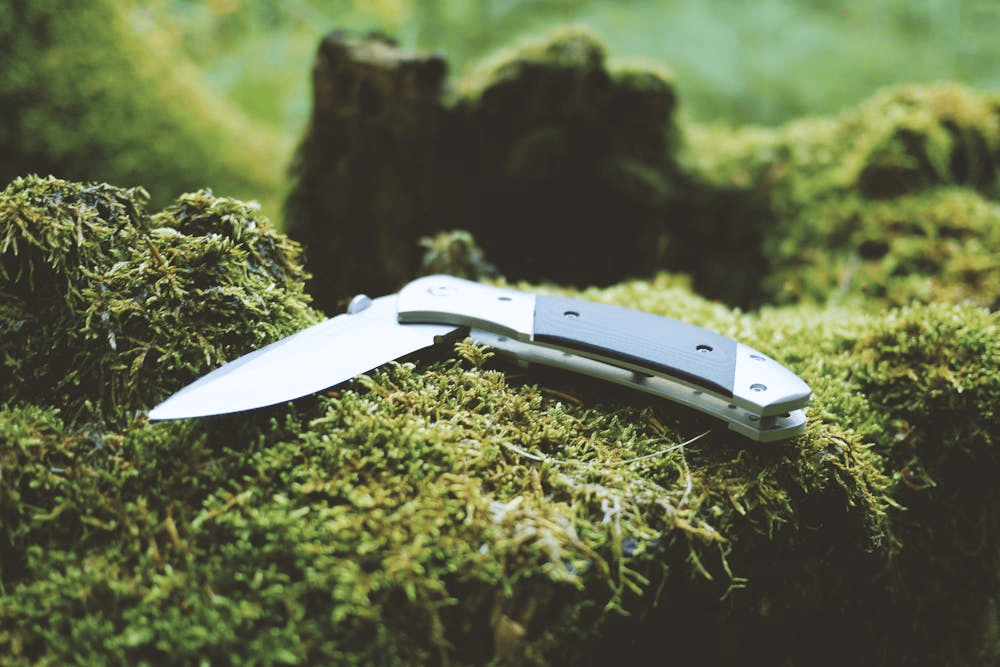left: Pocket chronometer, brass dial and movement inscribed invenit et fecit; by Thomas Earnshaw (1749-1829); London, England, early 19th century; dia. 2” (5.08 cm.).
right: Movement of the Earnshaw pocket chronometer.
Accurate results obtained from marine chronometers inspired the making of pocket watches with the same escapement and compensated balances. Their timekeeping was extremely accurate but they were easily stopped. Indeed, it would seem illogical to wear such a delicate mechanism on the person when a marine chronometer, of much more robust construction, is contained in a stout box and mounted in gymbals to prevent disturbance or damage. Earnshaw is virtually responsible for the marine chronometer of today.
The movement is plain except for some engraving on the balance cock. It contrasts with the usual verge watch movement of the period; note the absence of a regulator; a chronometer was too delicate to be adjusted by its owner and was returned to the maker if its performance was unsatisfactory.
The balance has trapezium-shaped weights which are moved inwards or outwards by temperature changes acting on the bimetallic rim of the balance and cancelling the effect of the same change in temperature on the balance as a whole. Note the wire restraining one weight from flying off.






